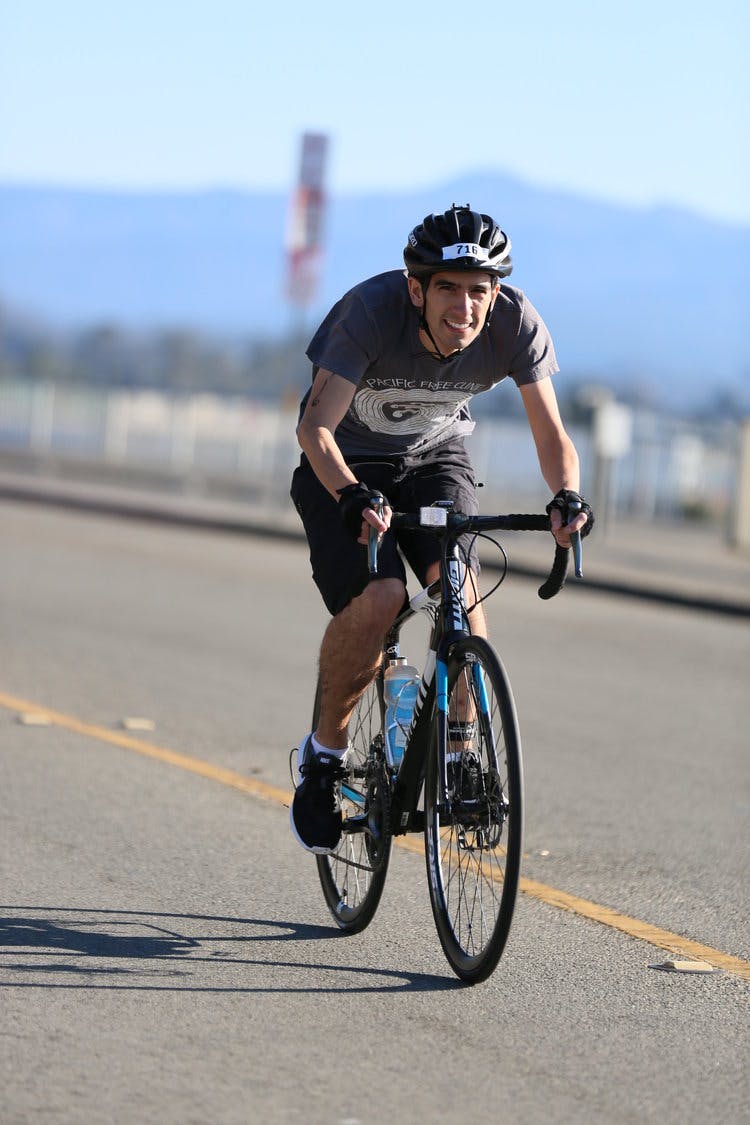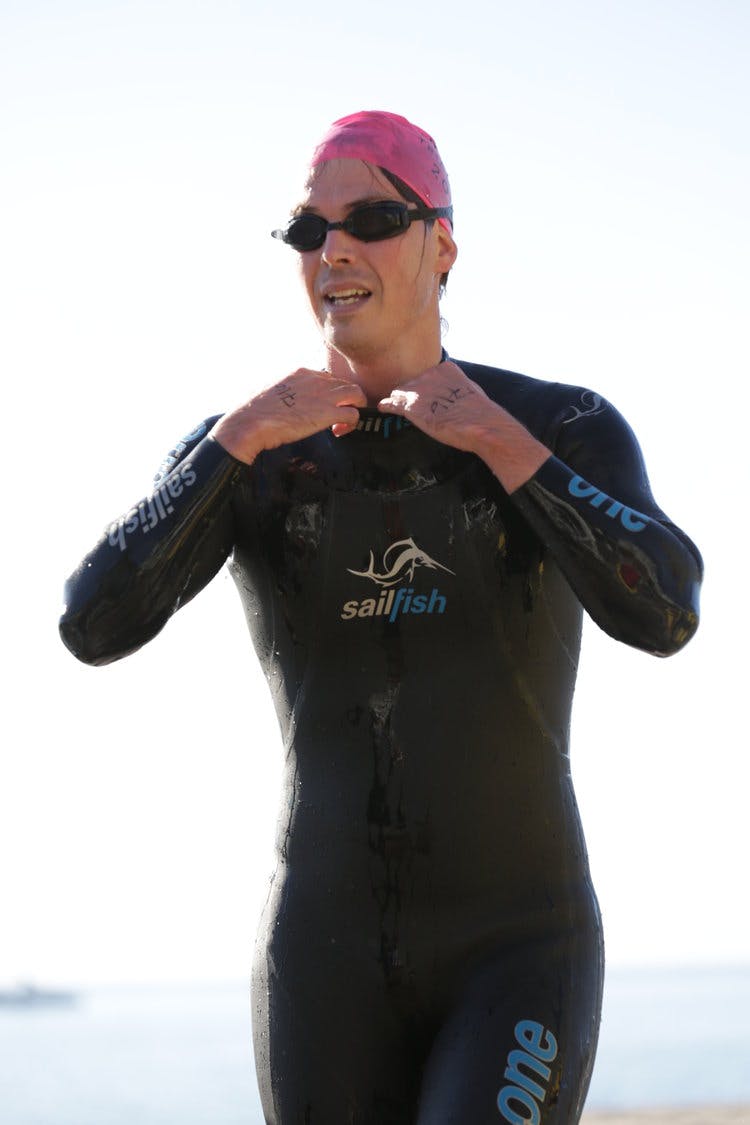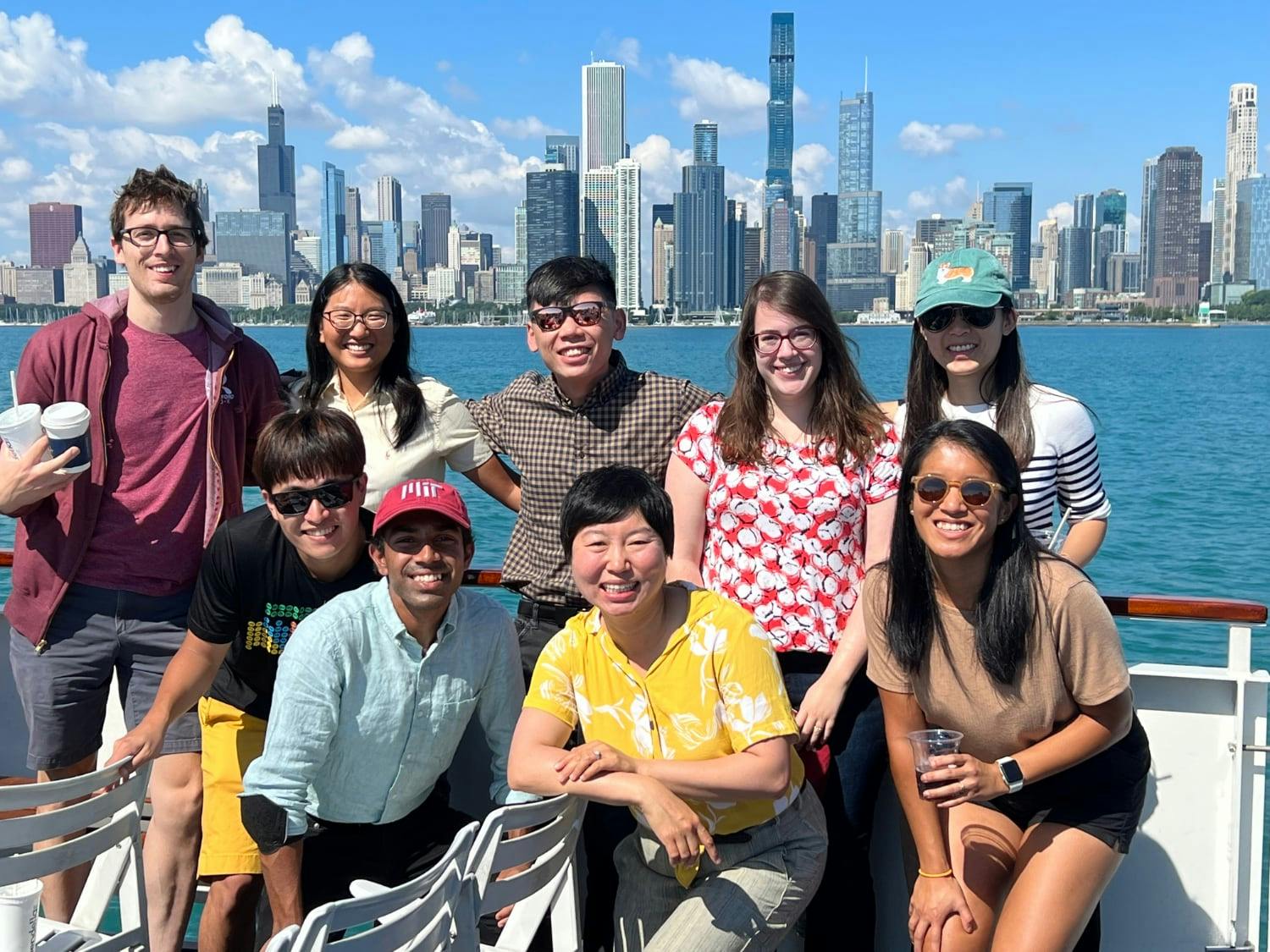
Cysteine allostery and autoinhibition govern human STING oligomer functionality
Rebecca Chan, Xujun Cao, Sabrina L. Ergun, Evert Njomen, Stephen R. Lynch, Christopher Ritchie, Benjamin Cravatt, Lingyin Li
The Li lab combines chemistry, biochemistry, immunology, and physiology to uncover fundamental mechanisms of our first line of defense against pathogens and cancer: innate immunity. Activation of innate immunity is a proven therapeutic strategy for vaccination, viral infection, and cancer, while inhibition is a strategy for treating autoimmune diseases and neurodegeneration. We explore the novel chemistry of these pathways to understand and develop new therapeutic targets and drugs that can manipulate innate immune activation with precision.



The innate immune STING pathway senses cytosolic dsDNA and generates the second messenger cGAMP, which activates STING to initiate downstream immune signaling. It exists in a delicate balance: it must detect and defend against viruses and cancer but not aberrantly respond to benign self dsDNA. We previously discovered that cGAMP is an immunotransmitter that is secreted by producing cells and detected by various immune cell types and stromal cells. We investigate cell type-specific cGAMP and STING regulation using chemical biology and genetic approaches, and discover new, potentially druggable checkpoints on the pathway.

We use classic biochemistry, structural biology, and medicinal chemistry to investigate at the atomic level how protein and small molecule immunomodulators of the STING pathway function effectively and how they fall into dysregulation and cause inflammation. In parallel, we develop and refine prototype drugs that bind to targets in the STING pathway and can be used to test therapeutic hypotheses in disease models.
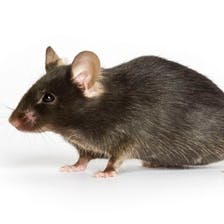

Rebecca Chan, Xujun Cao, Sabrina L. Ergun, Evert Njomen, Stephen R. Lynch, Christopher Ritchie, Benjamin Cravatt, Lingyin Li

Valentino Sudaryo, Dayanne R. Carvalho, J. Michelle Lee, Jacqueline A. Carozza, Xujun Cao, Anthony F. Cordova, Lingyin Li

Christopher Ritchie, Lingyin Li

Rachel Mardjuki, Songnan Wang, Jacqueline Carozza, Bahar Zirak, Vishvak Subramanyam, Gita Abhiraman, Xuchao Lyu, Hani Goodarzi, Lingyin Li

Lingyin Li

Songnan Wang, Volker Böhnert, Alby J. Joseph, Valentino Sudaryo, Gemini Skariah, Jason T. Swinderman, Feiqiao B. Yu, Vishvak Subramanyam, Denise M. Wolf, Xuchao Lyu, Luke A. Gilbert, Laura J. van’t Veer, Hani Goodarzi, and Lingyin Li

Jacqueline A Carozza, Anthony F Cordova, Jenifer A Brown, Yasmeen AlSaif, Volker Böhnert, Xujun Cao, Rachel E Mardjuki, Gemini Skariah, Daniel Fernandez, Lingyin Li

Anthony F Cordova, Christopher Ritchie, Volker Böhnert, Lingyin Li

Lauren J Lahey, Rachel E Mardjuki, Xianlan Wen, Gaelen T Hess, Christopher Ritchie, Jacqueline A Carozza, Volker Böhnert, Merritt Maduke, Michael C Bassik, Lingyin Li

Jacqueline A Carozza, Jenifer A Brown, Volker Böhnert, Daniel Fernandez, Yasmeen AlSaif, Rachel E Mardjuki, Mark Smith, Lingyin Li

Jacqueline A Carozza, Volker Böhnert, Khanh C Nguyen, Gemini Skariah, Kelsey E Shaw, Jenifer A Brown, Marjan Rafat, Rie von Eyben, Edward E Graves, Jeffrey S Glenn, Mark Smith, Lingyin Li

Sabrina L Ergun, Daniel Fernandez, Thomas M Weiss, Lingyin Li

Christopher Ritchie, Anthony F Cordova, Gaelen T Hess, Michael C Bassik, Lingyin Li
Forbes

Lingyin Li is a Professor in the Biochemistry Department and the ChEM-H institute at Stanford. She received her Ph.D at the University of Wisconsin-Madison with Dr. Laura Kiessling and performed postdoctoral studies with Dr. Timothy Mitchison at Harvard Medical School. The Li Laboratory has pioneered the development of chemical tools to define and manipulate new modulators of the innate immune STING pathway. Dr. Li is the recipient of the NIH New Innovator Award in 2017, the Ono Pharma Foundation Breakthrough Science Initiative Award in 2017, and the 2022 Eli Lilly Award in Biological Chemistry.
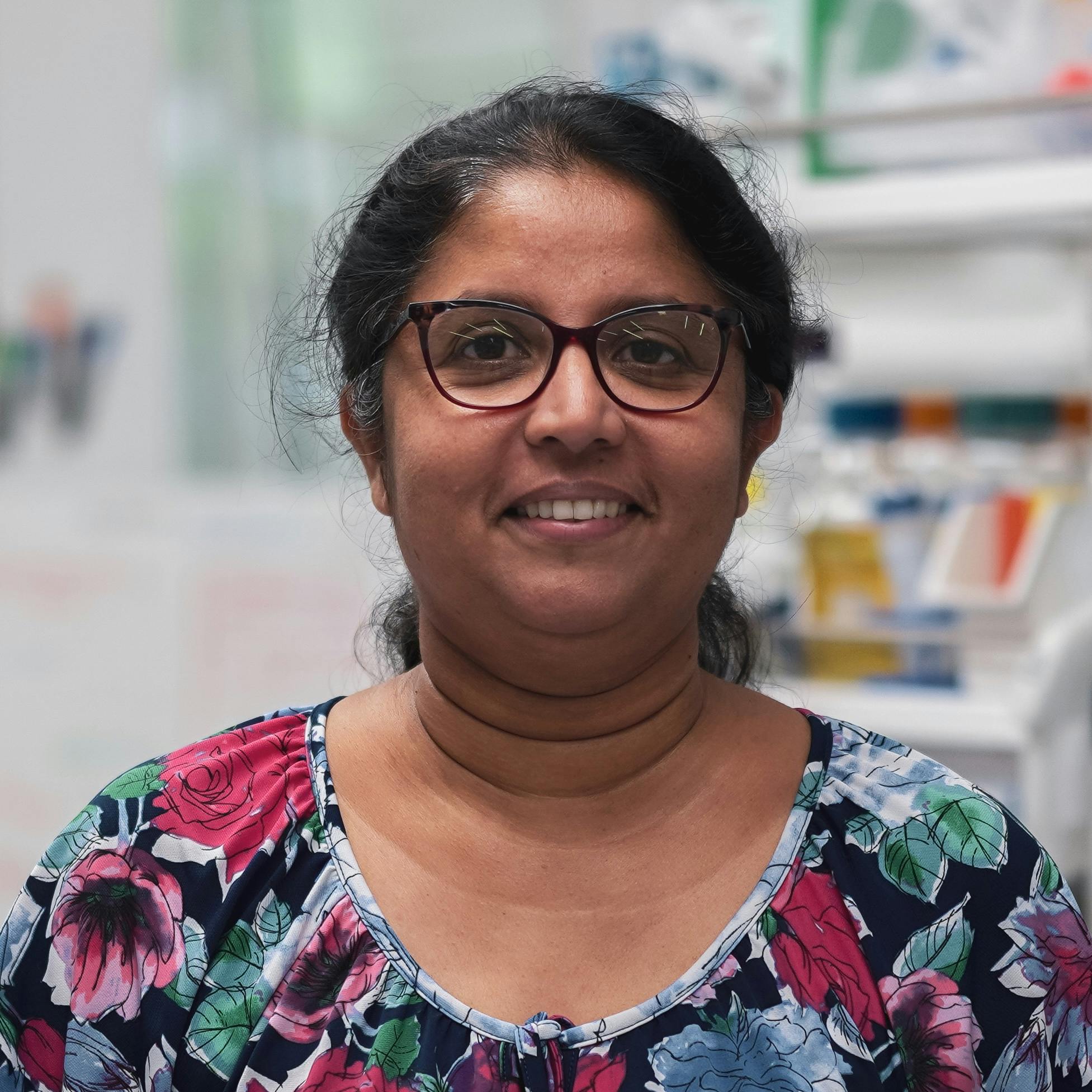
Before joining Li lab as lab manager/ LSRP, I was working at different Stanford labs since 2004. At Li lab I maintain all the mouse strains for different projects in the lab. Outside of the lab I enjoy spending time with family and friends.
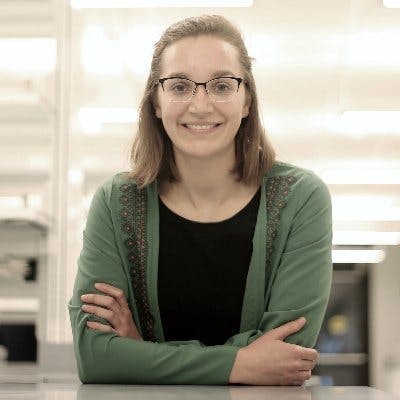
I trained in chemistry and biochemistry, completing my PhD at Stanford with Lingyin in 2021. Now, I work on identifying druggable proteins in innate immuno-oncology and developing molecules that target them. I really enjoy backpacking in the Sierra Nevada foothills and spending time with my family.
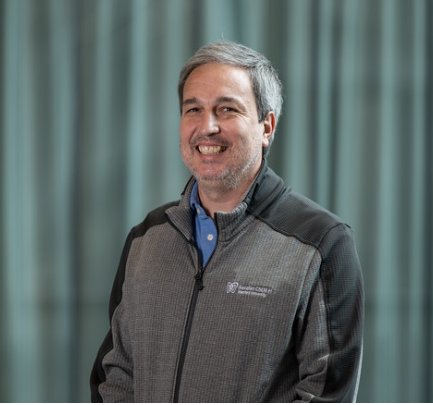
Before joining Stanford I worked at EMBL Grenoble, France, on X-ray structural characterization of plant hormone receptors and their ligands. At Li Lab I supervise protein structural work, training students. Outside of the lab, I enjoy biking and reading books.

I have a PhD in Biochemistry from Stanford. In lieu of a traditional bio, I commissioned members of my lab space to write a descriptive haiku for me:
In my PhD
I found cGAMP transporters
I enjoy biking.
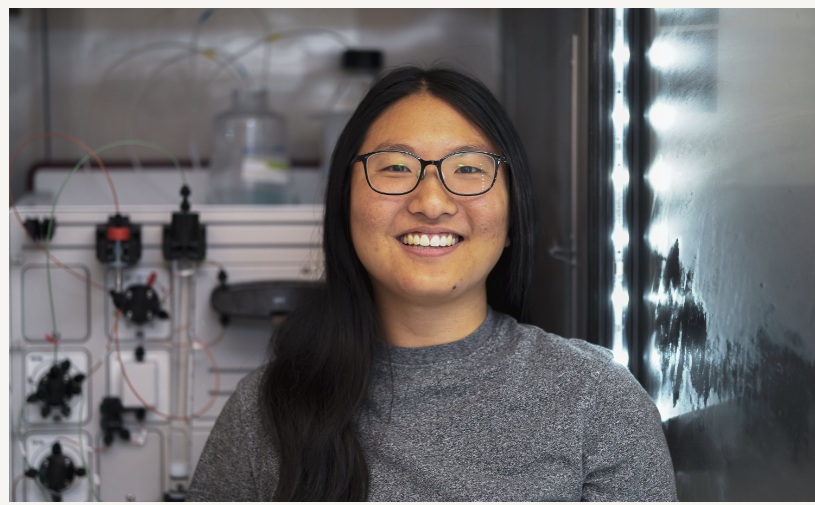
Prior to Stanford, I worked in epigenetics and organic synthesis. At Arc, I work on understanding the regulation of extracellular cGAMP. Outside of lab I enjoy swimming and music.
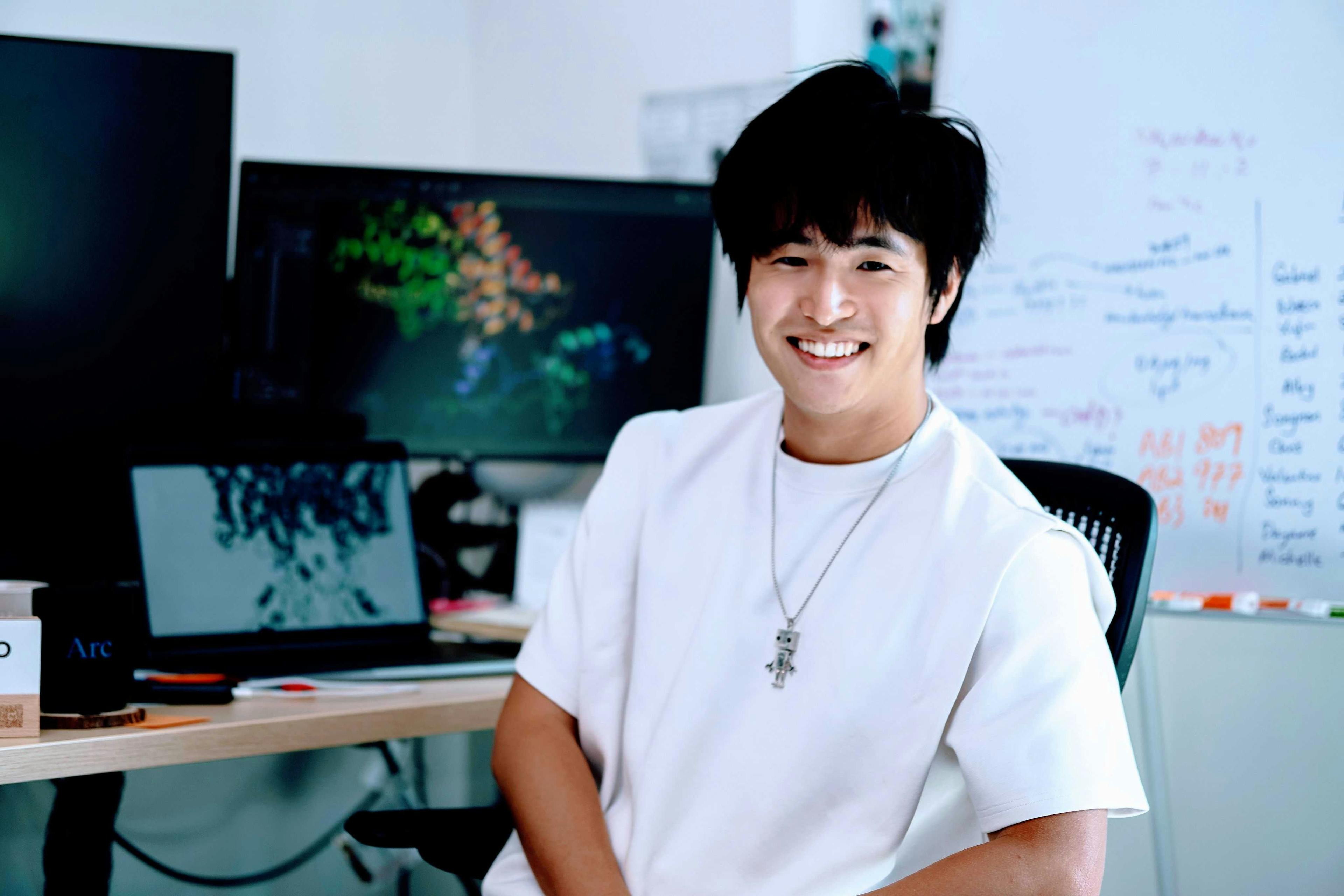
Prior to Stanford, I majored in Chemistry at the National University of Singapore, where I worked on the organic synthesis of carbohydrate probes and imprinted polymers. At Arc, I use tools in biochemistry, computation and cell and structural biology to study molecular mechanisms of innate immune activation. Outside of the lab I enjoy mahjong, board games and mind games, eating and running so I can keep eating.
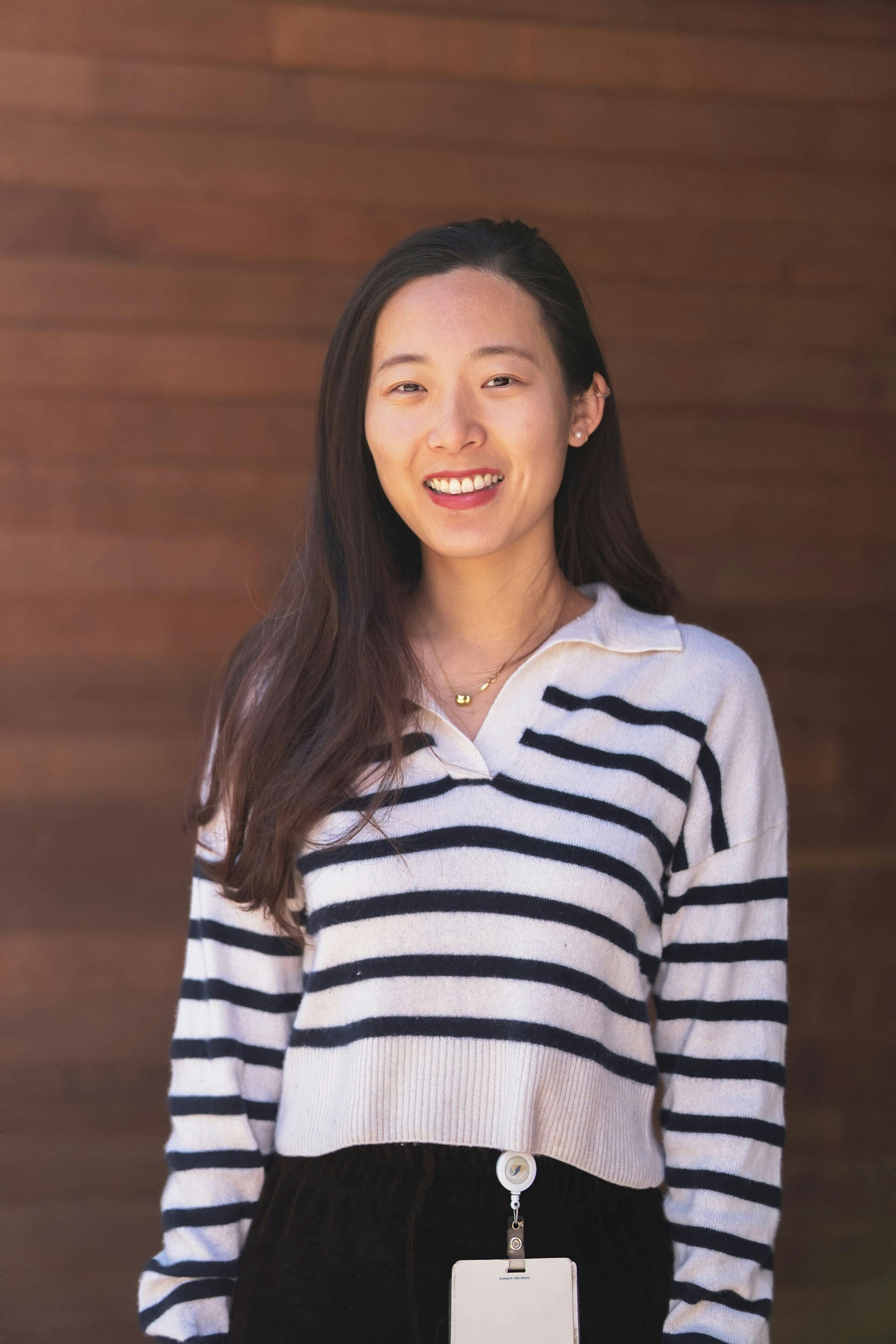
I studied Chemical Engineering at Johns Hopkins and spent two years doing stem cell research at USCF before starting medical school at Stanford. I’m currently pursuing a joint master degree where I study ENPP1's role as an innate immune checkpoint in cancer. In my free time I like to cook/eat good food with friends and families.
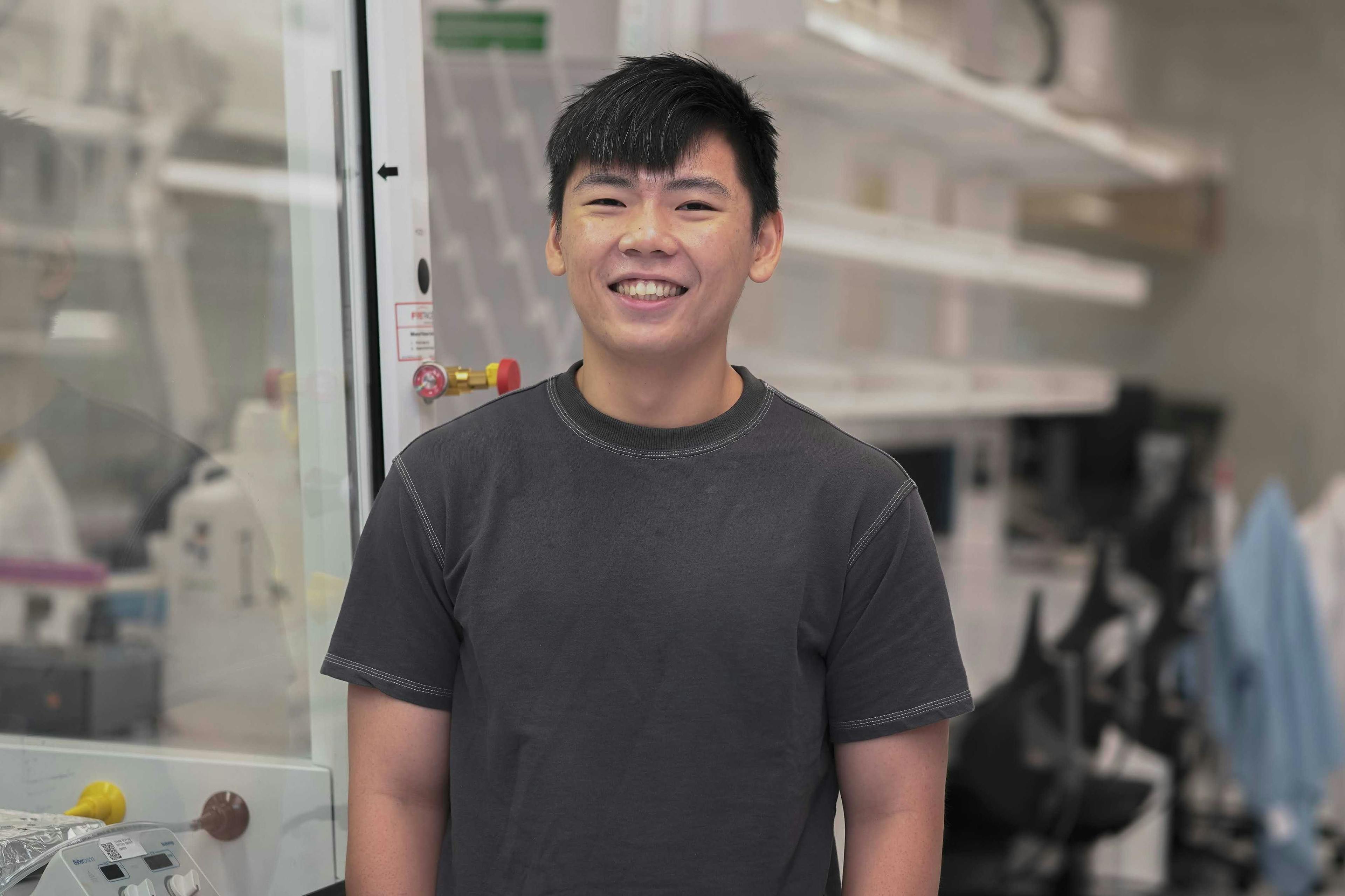
Prior to Stanford, I did my undergrad at MIT, where I worked on a joint project between the labs of Harvey Lodish and Hidde Ploegh to engineer red blood cells and nanobodies for various therapeutic purposes. At Arc, I work on how extracellular cGAMP signals in T cells. Outside of lab I enjoy doing photography, watching basketball games and trying out different food.
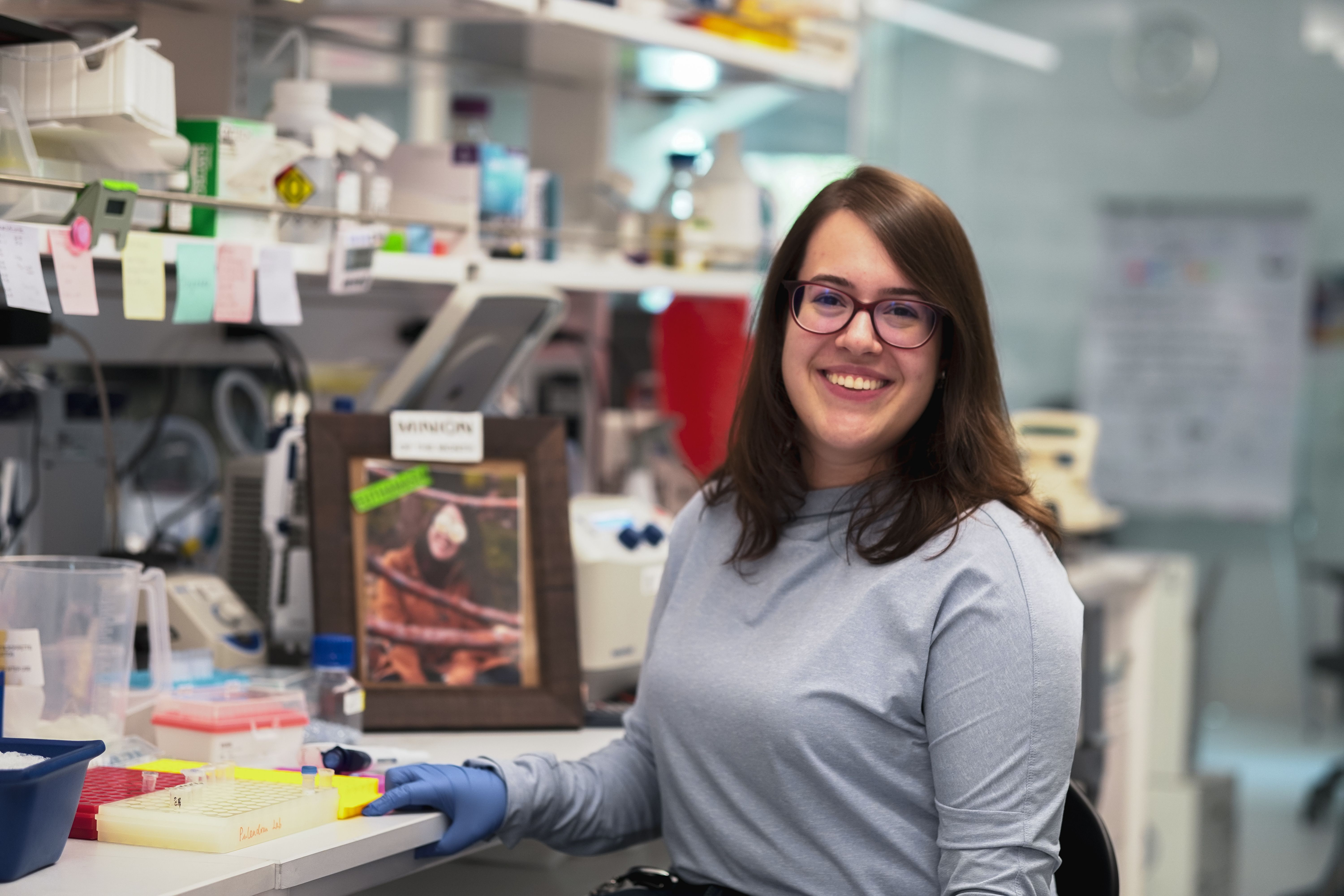
Prior to Stanford, I received my B.S. in Chemistry and Biology from the Massachusetts Institute of Technology (MIT), where I worked in Prof. Laura Kiessling's lab studying structure-fuction relationships of mucins by designing mucin-mimetic polymers with antivirulence properties against cholera toxin. At Arc, I work on STING signaling and regulation in T cells. Outside of lab I enjoy going on road trips, hiking, and attempting to cook Brazilian dishes.
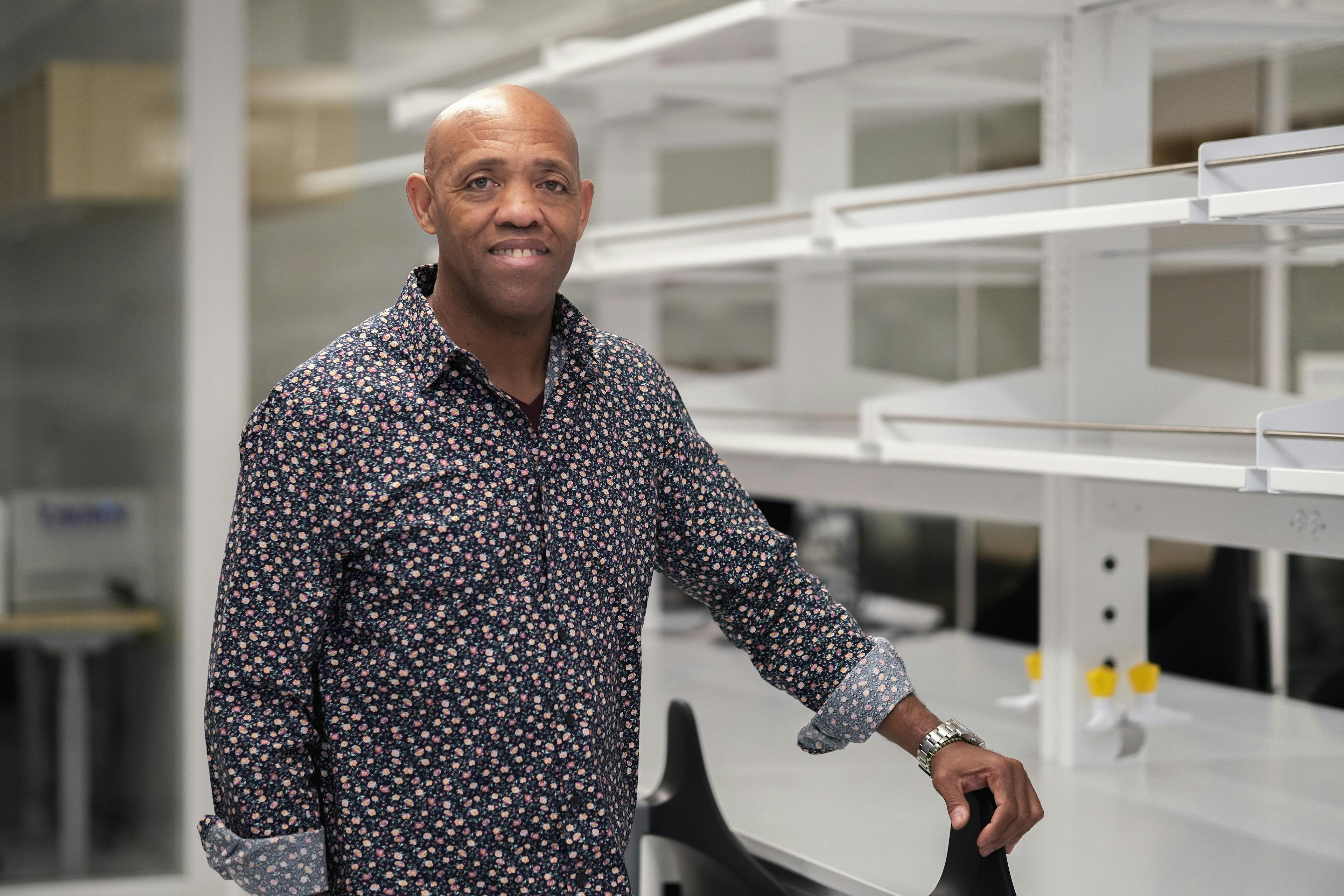
I have a BS focused in Pharmacy Technician from the Polytechnic Institute of Health. Today, I'm an In Vivo Technician in the Li Lab at Arc.

I have completed my PhD in regenerative medicine from the Chinese Academy of Sciences. Then I spent a short period as a postdoc at Harvard Medical School/Dana-Farber Cancer Institute. My previous research targeted mitochondria as a therapeutic approach for various diseases. At Arc, I work on how to regulate ENPP1 and explore the important role of cGAS-STING pathway in GBM. Outside of the lab, I enjoy road trips, singing, and eating great food.

I assist Lingyin Li with day to day administrative tasks; and work with the lab on event planning, meeting scheduling, ad-hoc projects, and more. In my free time, I love exercising, especially running and playing beach tennis during the summer and snowboarding during the winter. I also enjoy exploring new restaurants in the Bay Area over the weekends.

I completed my PhD training at Westlake University, focusing on mucosal immunology before joining Li lab. My current research explores the role of extracellular cGAMP in regulating immune cells across various mouse models. Outside of work, I enjoy crafting with natural materials like shells, stones, and tree seeds. I also enjoy going to the gym and playing badminton.

I received my PhD in Chemistry at University of Chicago. At UChicago, I worked on covalent inhibitor development with peptides, and at the same time worked on novel user-friendly assay for biomarker. At Arc, I am exploring how extracellular cGAMP regulates STING signaling and activation. Outside of the lab I enjoy exploring national parks, reading, and trying new foods.


